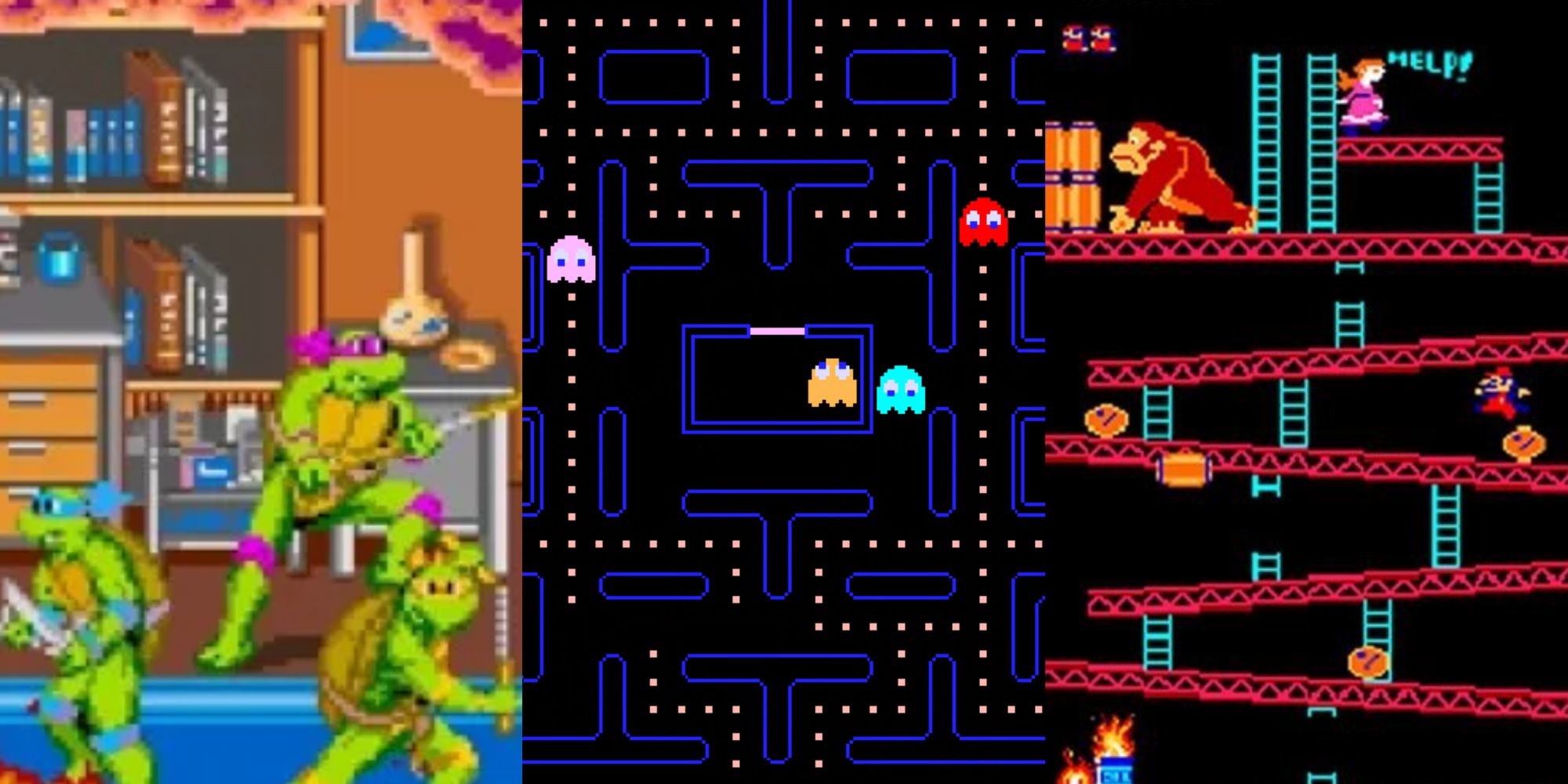There are so many exquisite video games from the '80s that never had the opportunity to win a Game Of The Year Award at the Game Awards. Fans are already looking to the event at the conclusion of 2023 to speculate on what recent releases could be successful in the Game Of The Year category after some much-loved hits have already been launched. The 2022 event boasted a few surprises that audiences will continue to analyze, but it was ultimately Elden Ring that became victorious and thus the measuring stick.
But the Game Awards were only created in 2014, meaning that those quality titles from the '80s couldn't actually get nominated for this top prize. They are significant in the history of the video game industry for their contributions to technological evolution, and while they might seem dated by today's standards, they still featured fun gameplay, good graphics for the decade, and some narrative appeal that have ensured their longevity. A retrospective award might be out of the question, but fans can return to these projects to appreciate their inventiveness further.
Mario Bros. (1983)
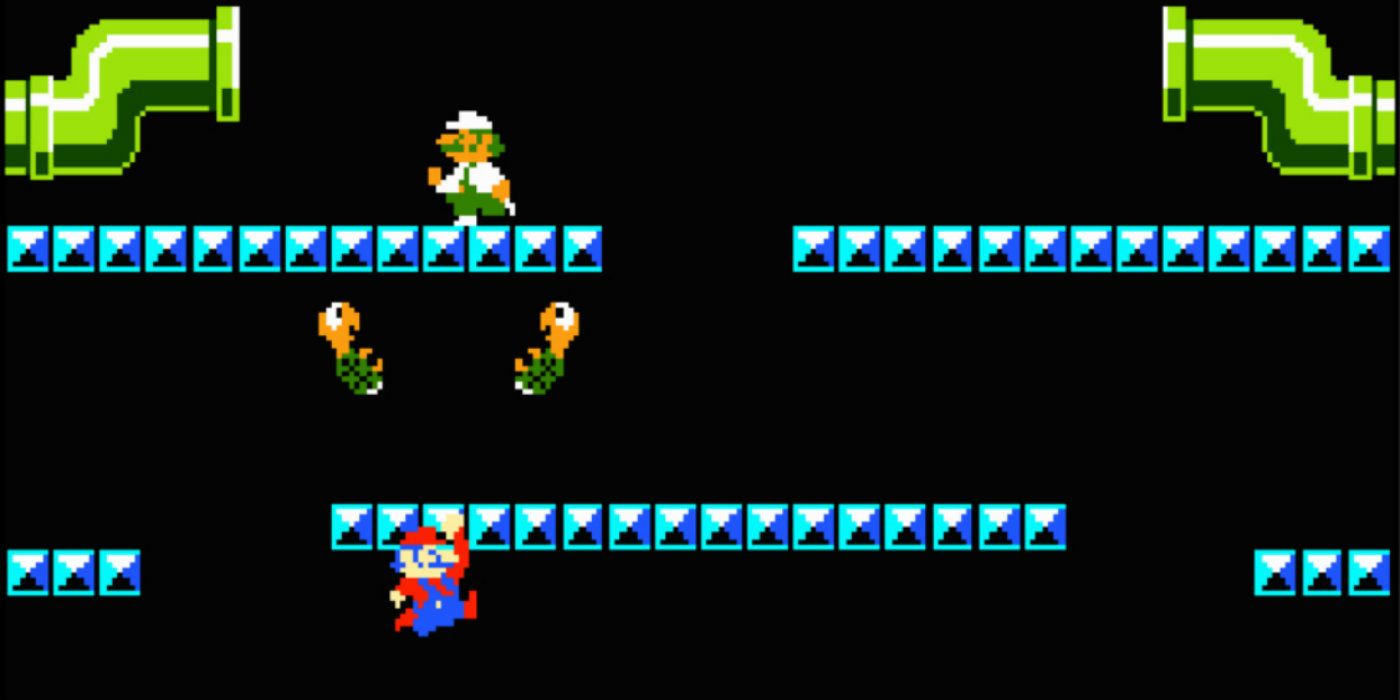
While Super Mario Bros. might have released in 1985 and should get a significant mention, a lot of the credit has to be given to the original arcade Mario Bros. for the franchise's eventual success. Developed by Nintendo, Atari, and Intelligent Systems, this platformer featured all of the whimsical action that fans are now familiar with, immediately setting the stage for what was to come.
It was worthy of the Game Of The Year Award not only for its historical significance but for its popularity as a mainstay of arcades. The character development with this simple protagonist was perfect for crafting an iconic face for Nintendo, while the intelligent level design made sure that the title was as challenging as it was entertaining.
Pac-Man (1980)
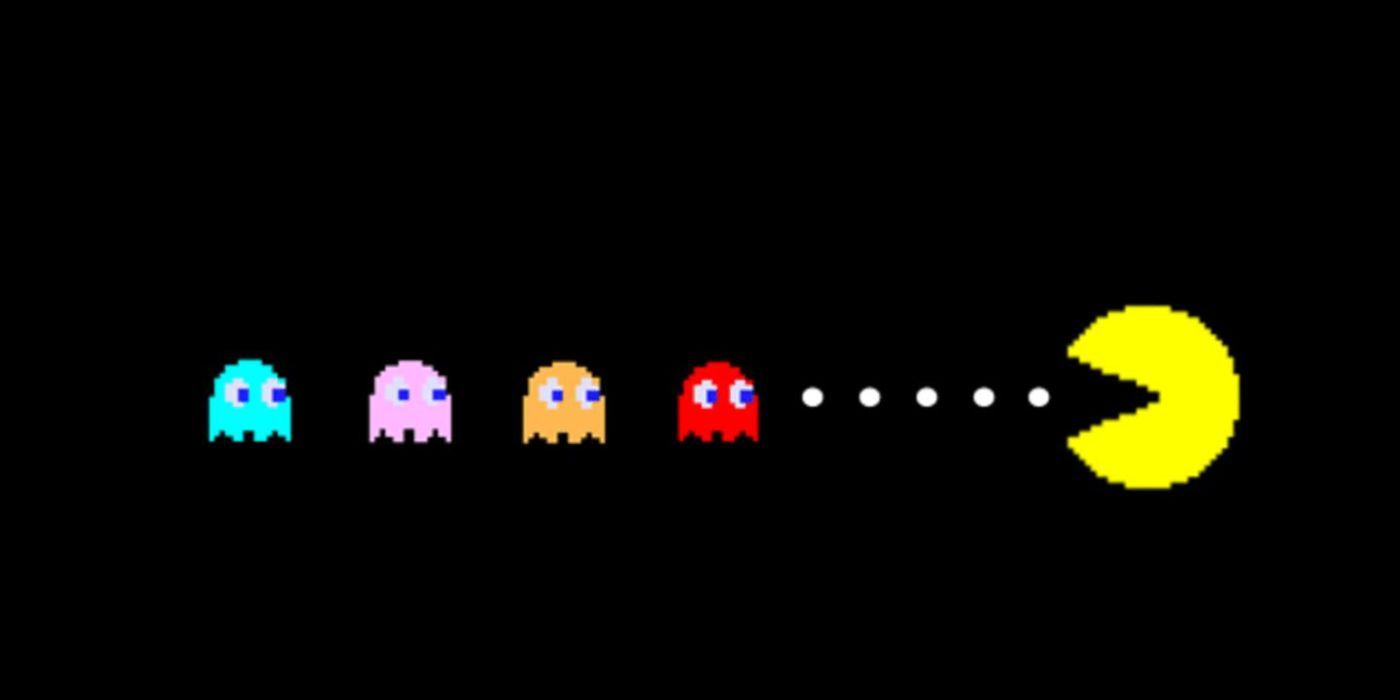
Pac-Man was originally developed as an arcade piece by Namco, BNE Entertainment, and Tod Frye. The very first design of the title has barely changed since its conception. In fact, it's hard to identify many differences from that first classic and variations of the game today, despite its many spinoffs and imaginative expansions.
While there are still plenty of little-known Pac-Man facts fans have yet to pick up on,The addictive maze design allowed for continued progression, as the Game Of The Year Award contender ensured that the titular character was always able to grasp victory despite the dangerous ghosts patrolling with mechanical precision.
Prince Of Persia (1989)
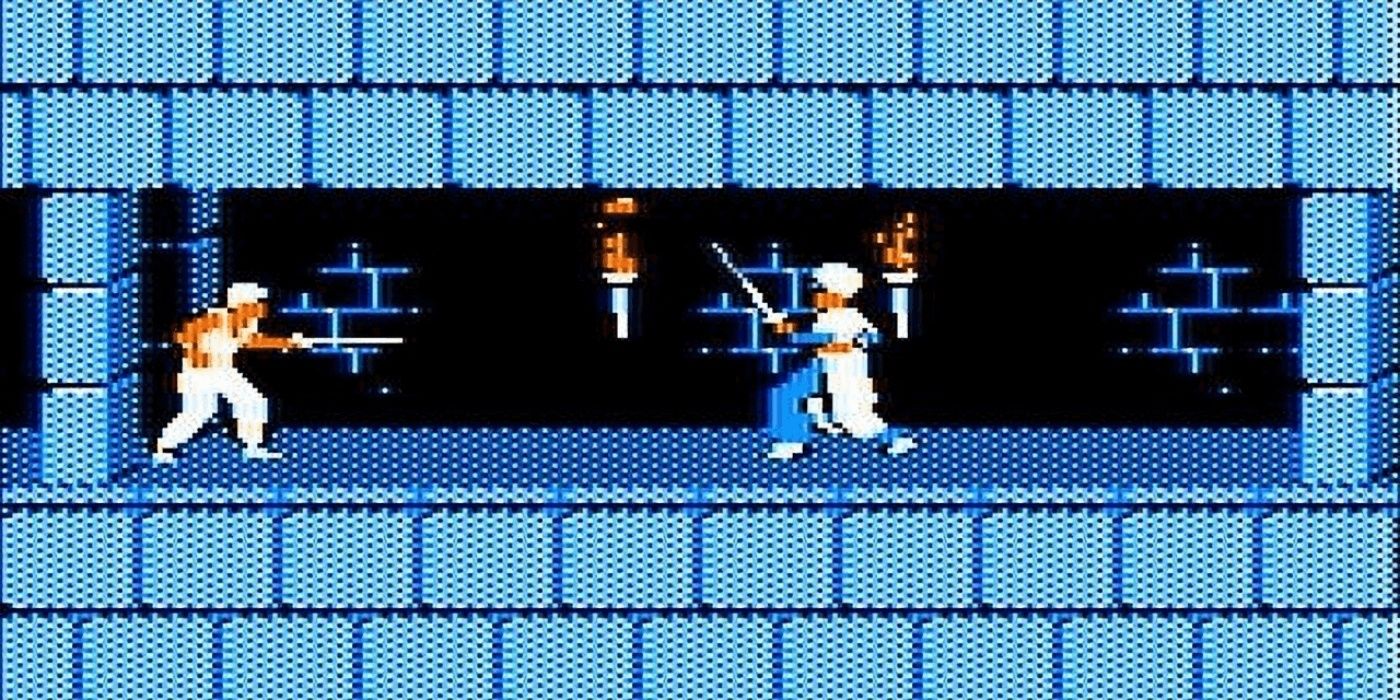
Coming in at the end of the decade, Prince Of Persia from Jordan Mechner, Brøderbund Software, and Ubisoft Montreal is still one of the most well-respected time travel-related video games. The side-scrolling platformer might not resemble later successes from the franchise, but it was still a release that managed to build a bold new world.
The narrative angle for Prince Of Persia helped the release stand out compared to its competition, with the familiar combat enhanced by stunning visuals and a constant sense of momentum. It surely would have gained a nod as the Game Of The Year, with the Atari ST hit combining its tense action with a few puzzle-solving opportunities as players navigated the pristine levels.
Street Fighter (1987)
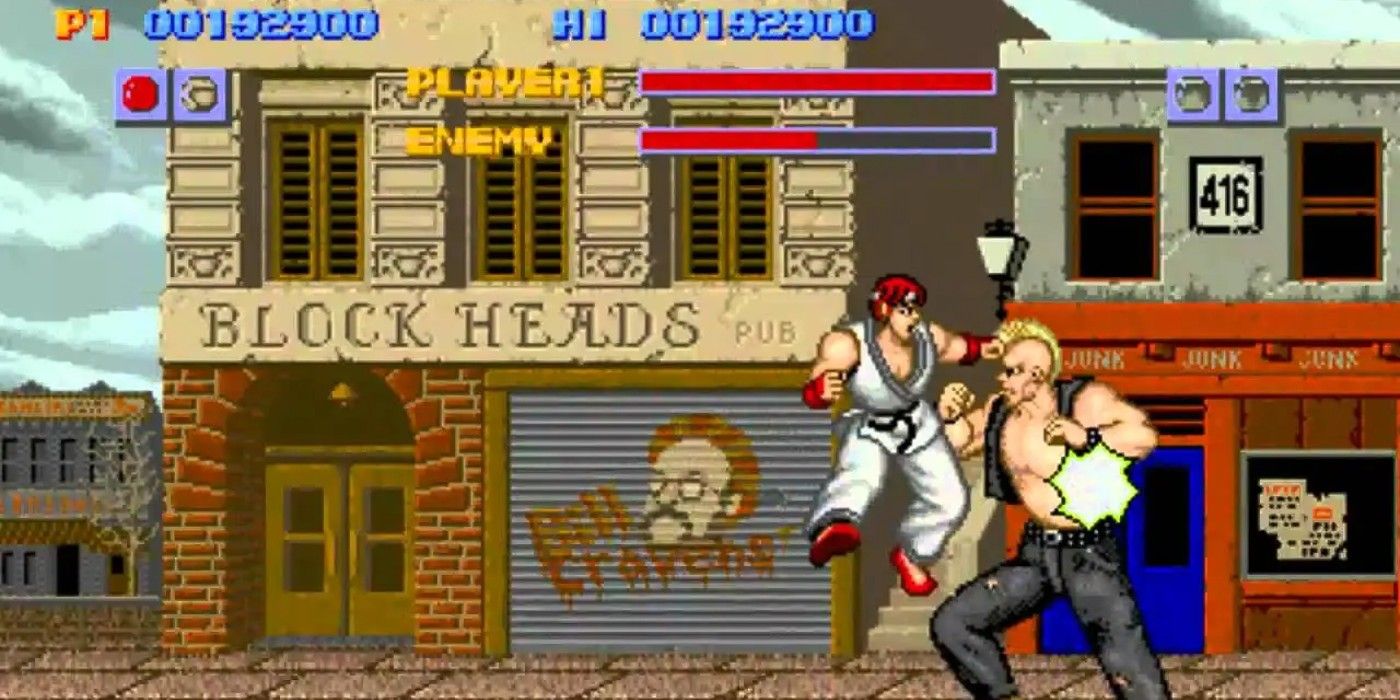
Street Fighter was initially developed as a multiplayer arcade title by Capcom, Tiertex Design Studios, and Capcom Entertainment, Inc. Its interactivity allowed friends to battle one another, creating a community atmosphere in gaming facilities, helping it endure and thrive as a title that gamers could enjoy together, despite its simplicity.
As a fighting title, it set the bar high, with incredible combos, a brilliant roster, but completely streamlined controls ensuring anyone could jump in. The Street Fighter brand has gone from strength to strength because of this initial release and the Game Awards would have had to acknowledge the steps that the game took to build a genre from the ground up.
Tetris (1984)
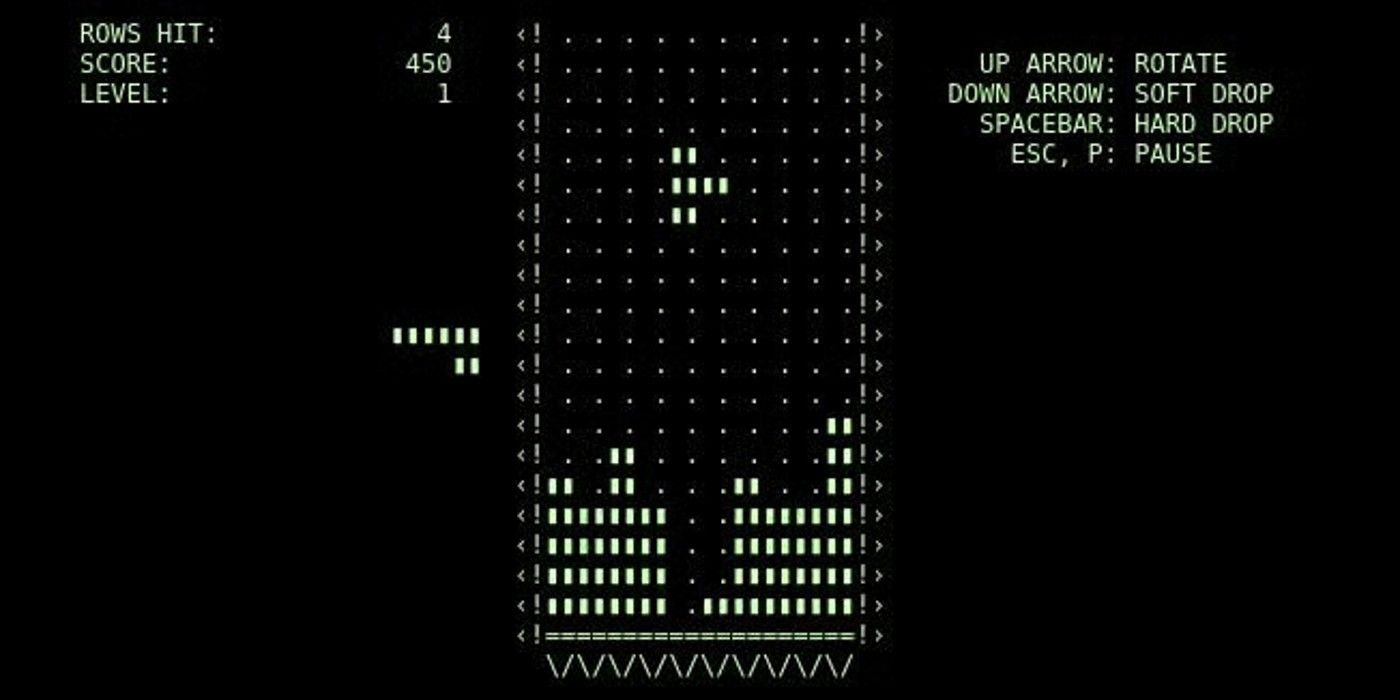
Tetris was first designed by Alexey Pajitnov and while its arcade origins might seem small, it has expanded into almost every platform, with multiple puzzle titles copying from the basic design and satisfying gameplay. All players had to do was fit these moving blocks together before the screen filled up.
On the face of it, that doesn't sound like a Game Of The Year contender. But there is something remarkable about the addictive design of Tetris, from its sound to its intuitive layout. There was a skill and a tension to completing a level and gamers could always try to advance themselves on the leaderboard, creating the kind of competition that leads to mainstream appeal, as was the case here.
Donkey Kong (1981)
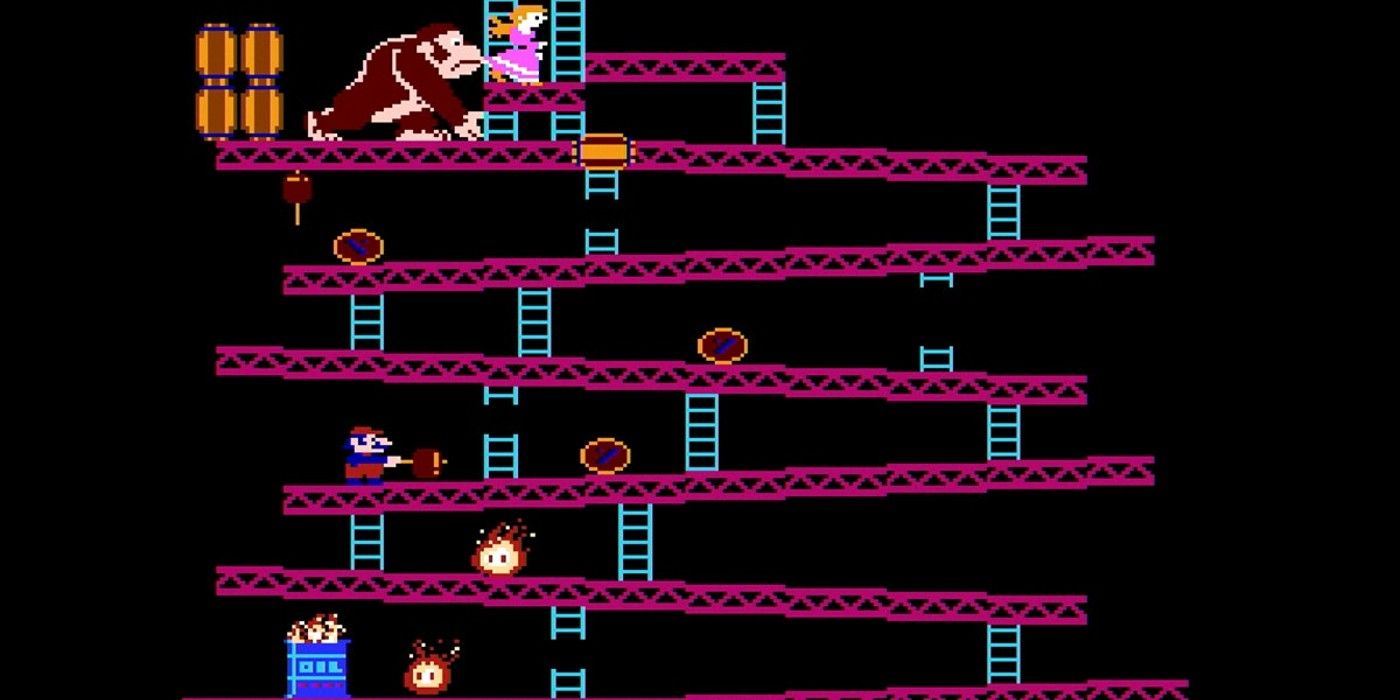
Donkey Kong from Nintendo, Atari, Nintendo Research & Development 1, and Sentient Software was another arcade platformer with a difference. Players utilized their 8-bit hero to move their way up the map rather than along, avoiding obstacles that the iconic Donkey Kong threw down, in order to save the princess.
It's a classic in every sense, and it also introduced the world to Mario, as that unsuspecting hero. It's a clear Game Of The Year Award winner for its gorgeous visual design, slightly more complex mechanical systems, and challenging level construction that actually boasted a range of difficult dangers to overcome. It's endlessly replayable which only adds to its appeal.
Rampage (1984)
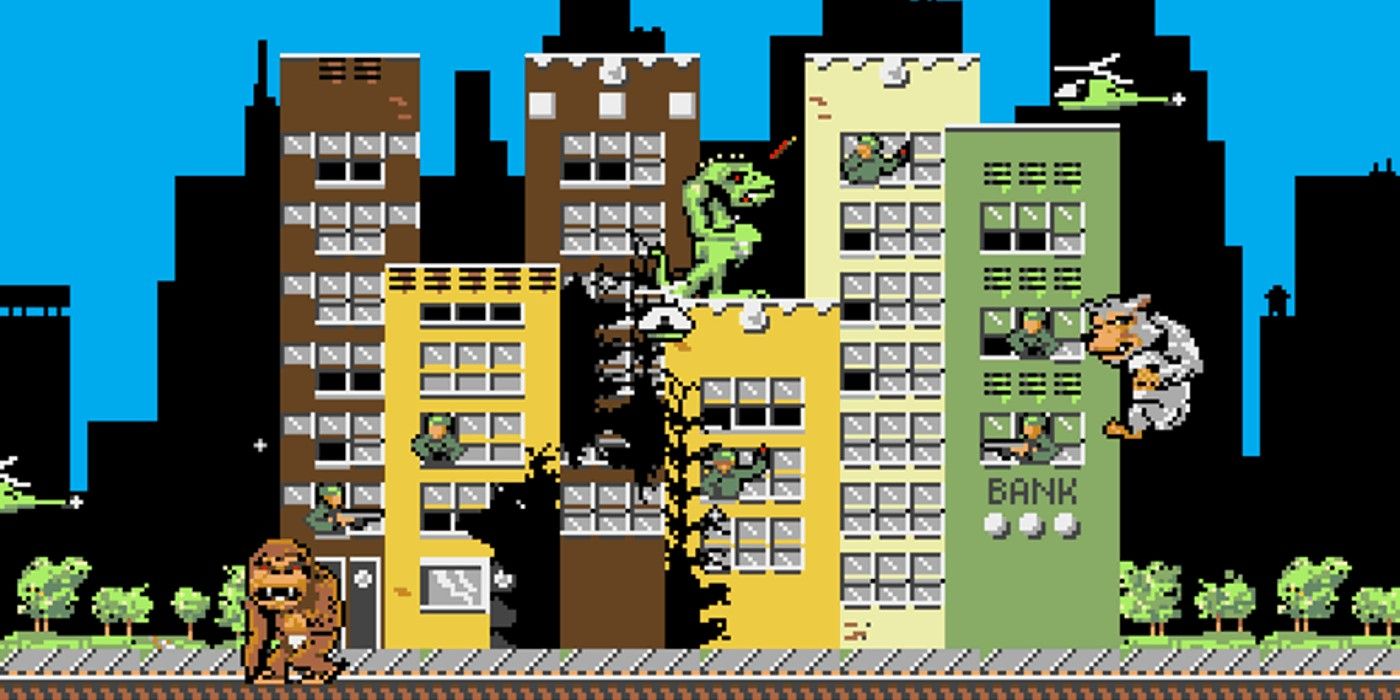
Rampage might be familiar as a big blockbuster video game adaptation, but the original arcade incarnation from Midway Games, Activision, Data East, and Catalyst Coders was very different in its premise. Players indeed rampaged through a city as monstrous creatures, causing destruction in their wake and battling against the military forces sent to overwhelm them.
That sheer layer of chaos has made this a fan favorite among those who look back with a fondness on that era of gaming. The mechanics needed to ensure the environment itself was interactable and the scale difference of the monsters versus man, made this experience feel pretty cinematic. The Game Awards would have been foolish to overlook this brilliant display of industry advancement.
Teenage Mutant Ninja Turtles (1989)
-.jpg)
The Teenage Mutant Ninja Turtles are a hard brand to create for considering how much the fanbase loves those characters. Developed by Konami with help from studios like Ubisoft, this NES title lived up to expectations, actually allowing players to control each of the famous characters from the franchise, including their unique skill sets.
The attention to detail was commendable as players switched between these alternative heroes. While this arcade-style side-scroller remains one of the best TMNT video game adaptations in history and thus is worthy of a Game Of The Year Award, it's also worth noting that from a combat perspective this button masher somehow never got old. It was constantly changing upon each level to maintain its excitement.
The Legend Of Zelda (1986)
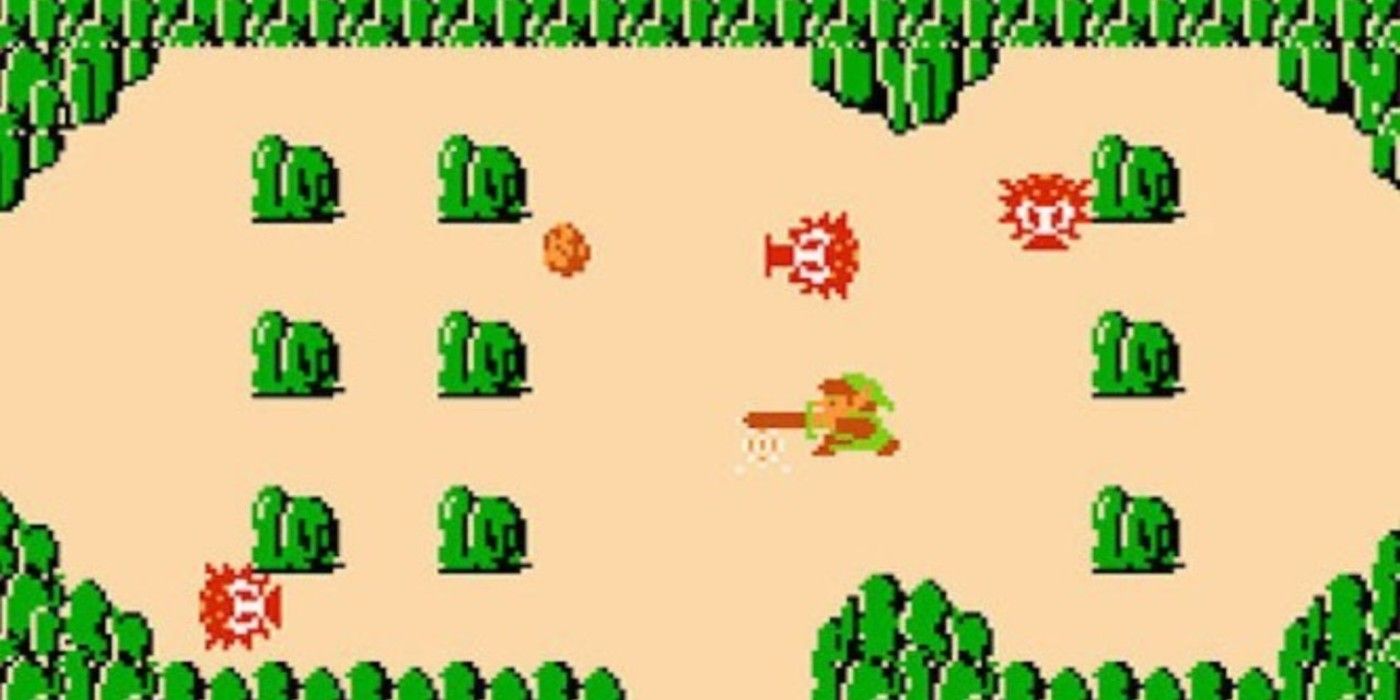
The Legend Of Zelda is a stunningly animated game that immediately catapulted Link into superstardom. Crafted by Nintendo for the NES and later the Game Boy Advance, the storytelling for Zelda was on another level, with this rich and detail-orientated fantasy landscape ultimately inspiring countless sequels and spinoffs.
The combat and mythology might have been appealing, as was the concept that players could begin a quest to rescue the princess. But it was a sense of exploration and the notion that this was a real, breathing world, that players would have found most engaging. The sound design alone deserved credit at the Game Awards.
Galaga (1981)
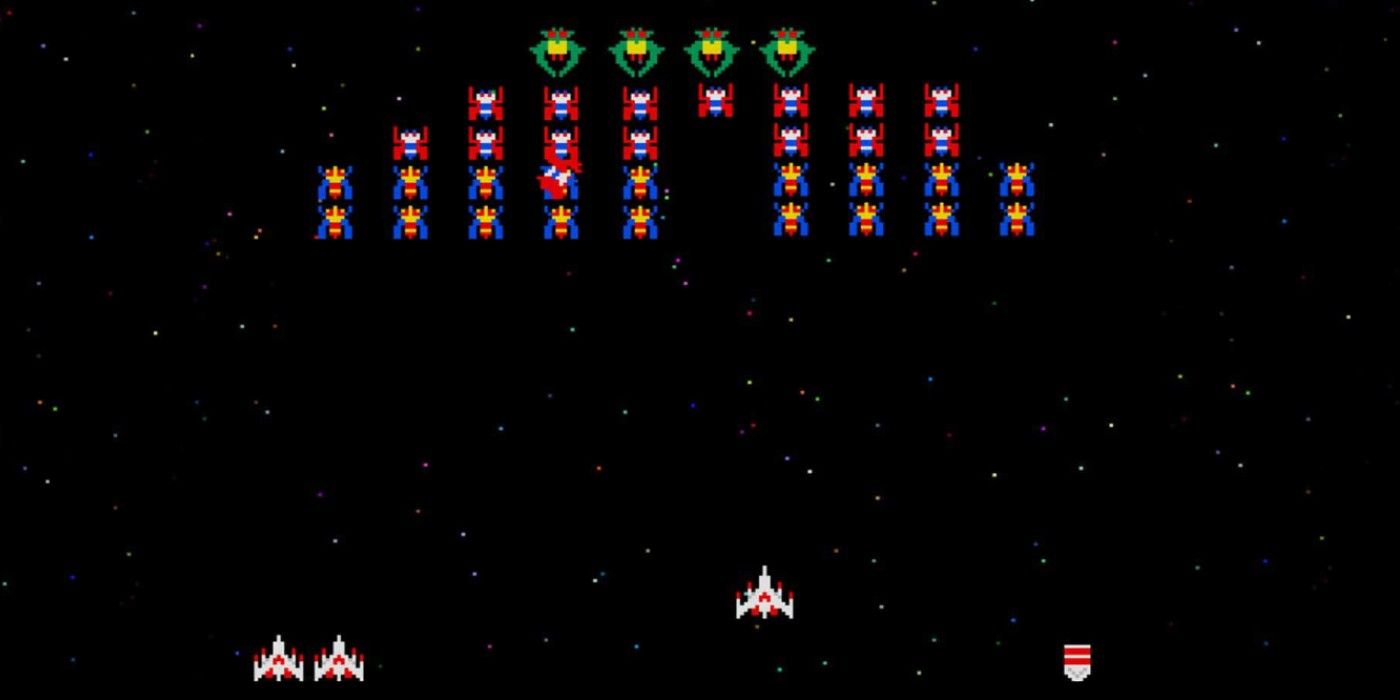
Galaga is certainly definitive of its era. From Namco, Atari, BNE Entertainment, Sega, and a host of other studios, the arcade title helps to immortalize the shooting genre for the time period, with players controlling their own ship as they fire their way through the invading, alien invasion. The line of attack wasn't complicated to master.
But in repeat playings, gamers were able to hone their craft, get their way onto the leader board and ultimately defend themselves from this hoard of vile villains. It's colorful, quick-moving, and was the kind of game that appealed at such a fundamental level that fans would be queued up in the arcade to take their turn. The Game Awards would have to take notice of a title with so few flaws and so many upsides.
Source:gamerant.com
